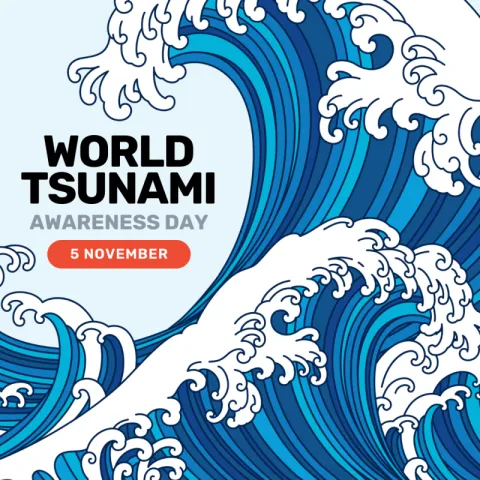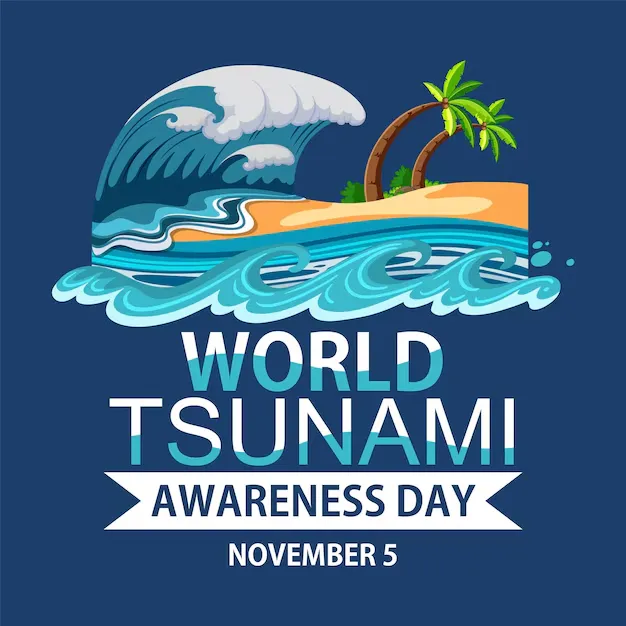Every year on November 5, the world takes a moment to listen — not to speeches or sirens, but to the lessons whispered by the ocean. World Tsunami Awareness Day isn’t just a date on a calendar; it’s a reminder that nature, in all its beauty, carries unimaginable power. And while we may not be able to stop a tsunami, we can learn to be ready for it.
A Lesson Born from Fire and Courage
The story of this day begins in Japan, a nation that has faced the fury of the sea more times than it can count. But out of those challenges came wisdom. The date, November 5, honors a 19th-century hero — a farmer who saved his village with fire.
When a massive earthquake struck in 1854, the farmer, noticing the sea receding unnaturally, realized a tsunami was coming. Without hesitation, he set fire to his carefully harvested rice stacks. As villagers rushed to put out the flames, he led them to higher ground. Minutes later, waves roared through the village, swallowing everything — except the lives he had saved.
That story, known as “Inamura no Hi” or “The Burning of the Rice Sheaves,” became a cornerstone of Japan’s disaster education. It’s a powerful message: true wisdom is not in predicting the wave, but in preparing for it.
The Sea That Gives and Takes
The ocean connects us all — it feeds us, soothes us, and inspires us. Yet, when its calm is broken by an undersea earthquake or volcanic eruption, that same ocean can unleash waves moving faster than airplanes, traveling thousands of kilometers, and hitting coasts with devastating force.
What makes tsunamis so terrifying is their speed and unpredictability. Sometimes, there’s just minutes between the first tremor and the moment a wall of water crashes ashore. In those moments, panic can paralyze — unless people know exactly what to do.
That’s why this day matters. Because awareness isn’t just about statistics; it’s about stories — of families who made it to safety because they recognized the signs, and communities that rebuilt stronger after tragedy.



